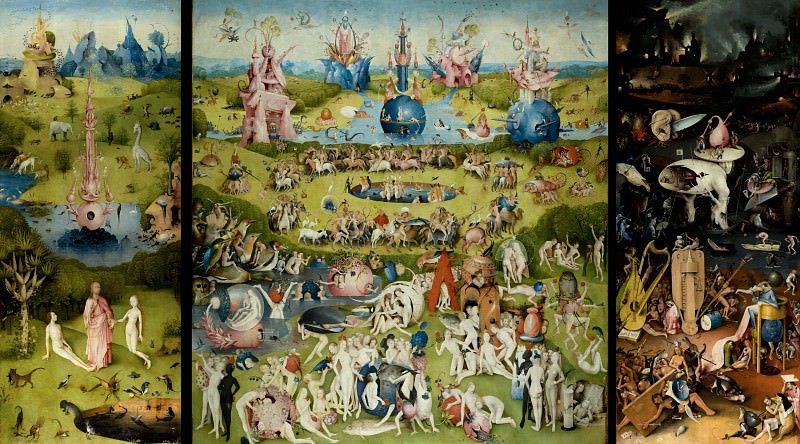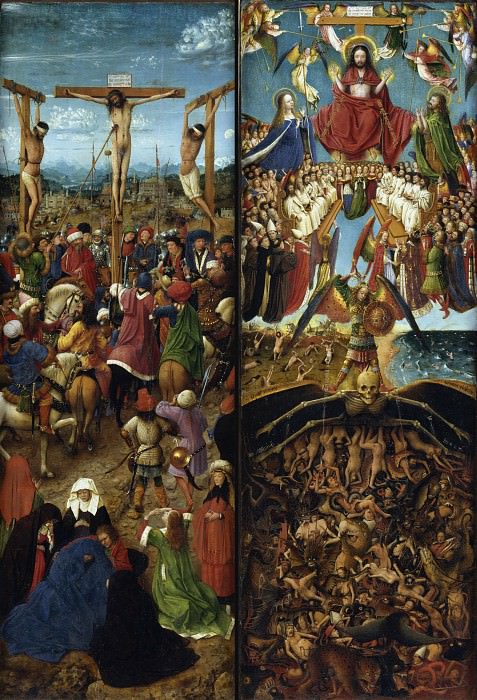Claes Oldenburg: The Master of Soft Sculptures
Claes Oldenburg, a renowned Swedish-American artist, is celebrated for his groundbreaking work in the realm of sculpture. Born on January 28, 1929, in Stockholm, Oldenburg's journey into the art world has left an indelible mark on contemporary sculpture, particularly through his innovative approach to soft sculptures and public art installations.
Oldenburg moved to the United States in 1936, settling in Chicago, where his father was appointed the Swedish Consul General. His early exposure to American culture and his artistic education at Yale University and the Art Institute of Chicago significantly influenced his artistic trajectory. Oldenburg's early works were primarily focused on painting and performance art, but he soon transitioned into sculpture, where he found his true calling.
The Birth of Soft Sculptures
In the early 1960s, Oldenburg began experimenting with soft sculptures, a radical departure from traditional sculpture's rigid and monumental forms. His soft sculptures, often depicting everyday objects, were created using materials like vinyl, canvas, and cloth, filled with soft stuffing. This innovative approach challenged conventional notions of sculpture, infusing humor, irony, and a sense of the absurd into the art world.
One of Oldenburg's most iconic works from this period is "Floor Cake" (1962), a giant, floppy slice of cake made from painted canvas and foam rubber. This piece exemplified his ability to transform mundane objects into whimsical, larger-than-life sculptures that invite viewers to reconsider their perceptions of everyday items. The soft, tactile nature of these sculptures added an element of playfulness and accessibility, breaking down the barriers between high art and popular culture.
The Store: A Pop Art Landmark
Oldenburg's fascination with consumer culture and mass-produced objects found its ultimate expression in "The Store," a landmark project in the Pop Art movement. In 1961, Oldenburg opened a storefront in New York City's Lower East Side, where he sold hand-made sculptures of common consumer goods. These items, crafted from plaster, muslin, and enamel paint, mimicked the look and feel of commercial products, blurring the line between art and commerce.
"The Store" was a provocative commentary on the commodification of art and the pervasive influence of consumer culture. By presenting his sculptures as merchandise in a retail setting, Oldenburg invited viewers to question the value and meaning of both art and consumer goods. This project not only solidified his reputation as a key figure in the Pop Art movement but also paved the way for future explorations of art's relationship with commerce and mass media.
Monumental Public Art Installations
In the late 1960s and 1970s, Oldenburg's work took on a larger scale as he began creating monumental public art installations. These colossal sculptures, often depicting everyday objects in exaggerated proportions, became iconic landmarks in cities around the world. Collaborating with his wife, Coosje van Bruggen, Oldenburg brought a playful, surrealistic sensibility to public spaces, transforming ordinary environments into extraordinary artistic experiences.
One of the most famous examples of Oldenburg's public art is "Clothespin" (1976), a 45-foot-tall sculpture installed in downtown Philadelphia. This giant steel clothespin, with its anthropomorphic qualities, stands as a whimsical counterpoint to the surrounding skyscrapers, injecting a sense of humor and wonder into the urban landscape. Other notable works include "Spoonbridge and Cherry" (1988) in Minneapolis, "Dropped Cone" (2001) in Cologne, and "Typewriter Eraser, Scale X" (1999) in Washington, D.C.
Themes and Influences
Oldenburg's work is characterized by its playful engagement with everyday objects, exploring themes of consumerism, mass production, and the mundane. His sculptures often evoke a sense of nostalgia and familiarity, inviting viewers to see the ordinary in a new light. By enlarging and distorting familiar items, Oldenburg transforms them into surreal, thought-provoking art pieces that challenge perceptions and spark curiosity.
Influenced by movements such as Dada, Surrealism, and Pop Art, Oldenburg's work reflects a deep appreciation for the absurd and the whimsical. His ability to blend humor with social commentary has made his sculptures not only visually striking but also intellectually engaging. Oldenburg's art encourages viewers to look beyond the surface and consider the broader cultural and societal implications of the objects he portrays.
Legacy and Impact
Claes Oldenburg's contributions to contemporary art are immeasurable. His innovative approach to sculpture, particularly his development of soft sculptures and monumental public installations, has left a lasting legacy in the art world. Oldenburg's work has been exhibited in major museums and galleries worldwide, including the Museum of Modern Art in New York, the Guggenheim Museum, and the Tate Gallery in London.
Beyond his artistic achievements, Oldenburg's influence extends to subsequent generations of artists who have drawn inspiration from his playful, irreverent approach to art. His ability to merge high art with popular culture, and his willingness to experiment with unconventional materials and techniques, have paved the way for new forms of artistic expression.
The Enduring Appeal of Oldenburg's Art
The enduring appeal of Claes Oldenburg's art lies in its ability to resonate with audiences on multiple levels. His sculptures evoke a sense of wonder and delight, while also prompting deeper reflections on the nature of art, consumerism, and the everyday. Whether through the tactile, approachable nature of his soft sculptures or the awe-inspiring scale of his public installations, Oldenburg's work continues to captivate and inspire.
As we reflect on Oldenburg's career, it becomes clear that his art is not just about the objects he creates but about the experiences and conversations they provoke. His work invites us to see the world through a different lens, to find beauty and meaning in the mundane, and to embrace the unexpected. In doing so, Claes Oldenburg has not only expanded the possibilities of sculpture but has also enriched our understanding of art's potential to transform our perception of reality.
Conclusion
Claes Oldenburg's art, with its playful yet profound engagement with everyday objects, remains a vital and influential force in contemporary sculpture. His soft sculptures and monumental public installations challenge conventions, inspire curiosity, and invite viewers to see the world anew. Through his innovative approach and enduring creativity, Oldenburg has left an indelible mark on the art world, reminding us of the power of art to surprise, delight, and provoke thought. As we continue to encounter his works in museums, galleries, and public spaces, we are reminded of the limitless possibilities of artistic expression and the enduring impact of Claes Oldenburg's visionary art.
















